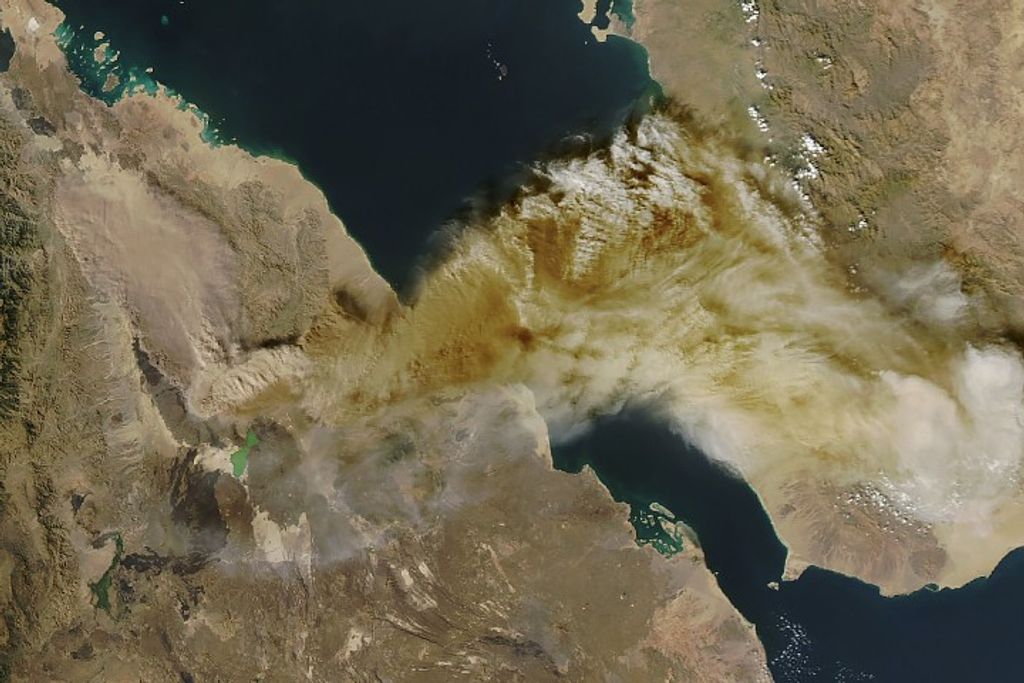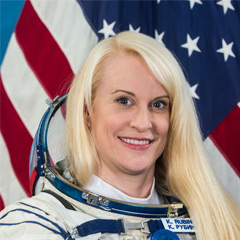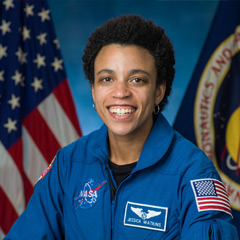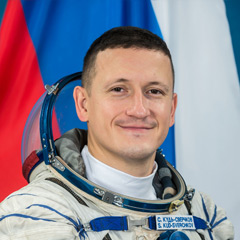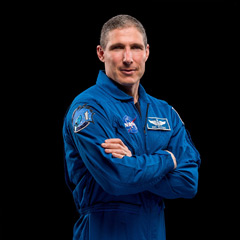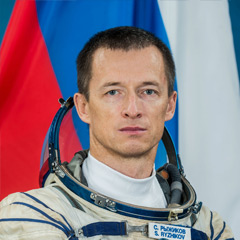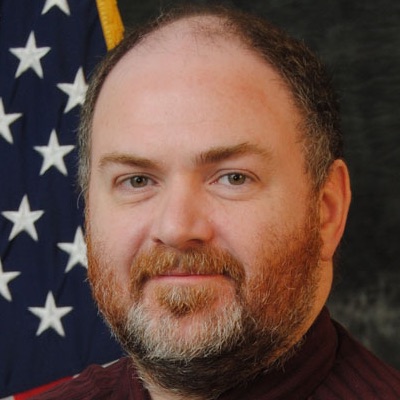
Robert D. Loper
Space Weather Scientist
Affiliation: NASA MSFC/ST13
Email: robert.d.loper@nasa.gov
Phone: (256) 961-3923
Dr. Robert D. Loper is a Research Astrophysicist at NASA Marshall Space Flight Center’s Heliophysics and Planetary Science Branch. He joined the branch in 2023 following two years as a contract space weather analyst at the Moon to Mars Space Weather Analysis Office (M2M SWAO), located at NASA’s Goddard Space Flight Center, where he provided space weather support for the launch of JWST and the Artemis I mission.
Prior to joining NASA, Dr. Loper served seven years on the faculty at the Air Force Institute of Technology, where he taught much of the graduate space physics curriculum, including courses in the space environment, plasma physics, ionospheric chemistry, magnetospheric physics, solar physics, magnetohydrodynamics, and space weather operations.
Dr. Loper is originally from Dayton, Ohio, and has 20 years of combined federal service, including active-duty Air Force and civilian service across four federal agencies.
Research Areas
- Space Weather Effects: Research on how space weather impacts Earth and technological systems.
- Solar Energetic Particle (SEP) Events: Study of high-energy particle events originating from the Sun and their effects.
- Plasma Physics: Study of wave-particle interactions between plasmas in the heliosphere.
- Space Weather R2O2R: Facilitating the transition of space weather research products into operational capabilities.
- Mars Space Weather: The development of space weather monitoring capabilities near Mars in anticipation of future human spaceflight missions.
Current Projects
Analysis of Solar Magnetic Field During X/M-Class Solar Flares: Investigating the behavior and evolution of three-dimensional solar magnetic fields during major solar flare events to improve understanding of flare mechanics and predictability.
Solar Energetic Particle Forecasting: Working to advance prediction capabilities for Solar Energetic Particle events to better protect assets and personnel in space.
Multiple Solar Operational Vantage Points for Space Weather: Researching the benefits of observing solar activity from multiple positions to enhance space weather operational capabilities.
Education
Doctor of Philosophy, Applied Physics
Air Force Institute of Technology (AFIT), Wright-Patterson AFB, OH, USA, March 2013
Master of Theological Studies
United Theological Seminary, Dayton, OH, USA, May 2011
Master of Science, Physics
University of Texas at Dallas, Richardson, TX, USA, May 1998
Bachelor of Science, Physics
University of Dayton, Dayton, OH, USA, August 1994
Experience
Research Astrophysicist, Heliophysics and Planetary Science Branch
NASA Marshall Space Flight Center (MSFC), Huntsville, AL, USA
2023-present
Space Weather Analyst, Moon to Mars Space Weather Analysis Office
Catholic University of America, Washington, DC, USA
2021-2022
Assistant Professor, Department of Engineering Physics
Air Force Institute of Technology, Wright-Patterson AFB, OH, USA
2014-2020
Publications
Garland, S. H., et al. (2024)
“Analysis of Modeled 3D Solar Magnetic Field During 30 X/M-Class Solar Flares”
Front. Astron. Space Sci., 11:1369749
https://doi.org/10.3389/fspas.2024.1369749
Whitman, K., et al. (2023)
“Advancing Solar Energetic Particle Forecasting”
Bulletin of the AAS, 55, 3
https://doi.org/10.3847/25c2cfeb.22da0b94
Raouafi, N. E., et al. (2023)
“Firefly: The Case for a Holistic Understanding of the Global Structure and Dynamics of the Sun and the Heliosphere”
Bulletin of the AAS, 55, 3
https://doi.org/10.3847/25c2cfeb.c647a83d
Collado-Vega, Y., R. D. Loper, et al. (2023)
“Space Weather Operations and the need for Multiple Solar Operational Vantage Points”
Bulletin of the AAS, 55, 3
https://doi.org/10.3847/25c2cfeb.1c7fc2c0
Garland, S. H., et al. (2023)
“Evolution of coronal magnetic field parameters during X5.4 solar flare”
Front. Astron. Space Sci., 10:1148293
https://doi.org/10.3389/fspas.2023.1148293
Loper, R. D. (2019)
“Carrington-type Events as a Great Filter for Electronic Civilizations in the Drake Equation”
Pub. Astron. Soc. Pacific., 131, 044202
https://doi.org/10.1088/1538-3873/ab028e
Awards & Honors
- 2022: NASA GSFC Agency Honor Award, Group Achievement Award (Moon to Mars Space Weather Analysis Office)
- 2022: NASA GSFC Heliospheric Science Division Peer Award
- 2020: General Muir S. Fairchild Educational Achievement Award (AFIT Center for Space Research and Assurance)
- 2015 & 2019: AFIT Team of the Year (Center for Space Research and Assurance)
- 2015 & 2018: Strategic Ohio Council for Higher Education Faculty Excellence Award
- 2010: Tau Beta Pi, Engineering Honor Society
- 2008: Deputy Director of National Intelligence for Analysis Distinguished Analysis Award
- 1993: Sigma Pi Sigma, Physics Honor Society









